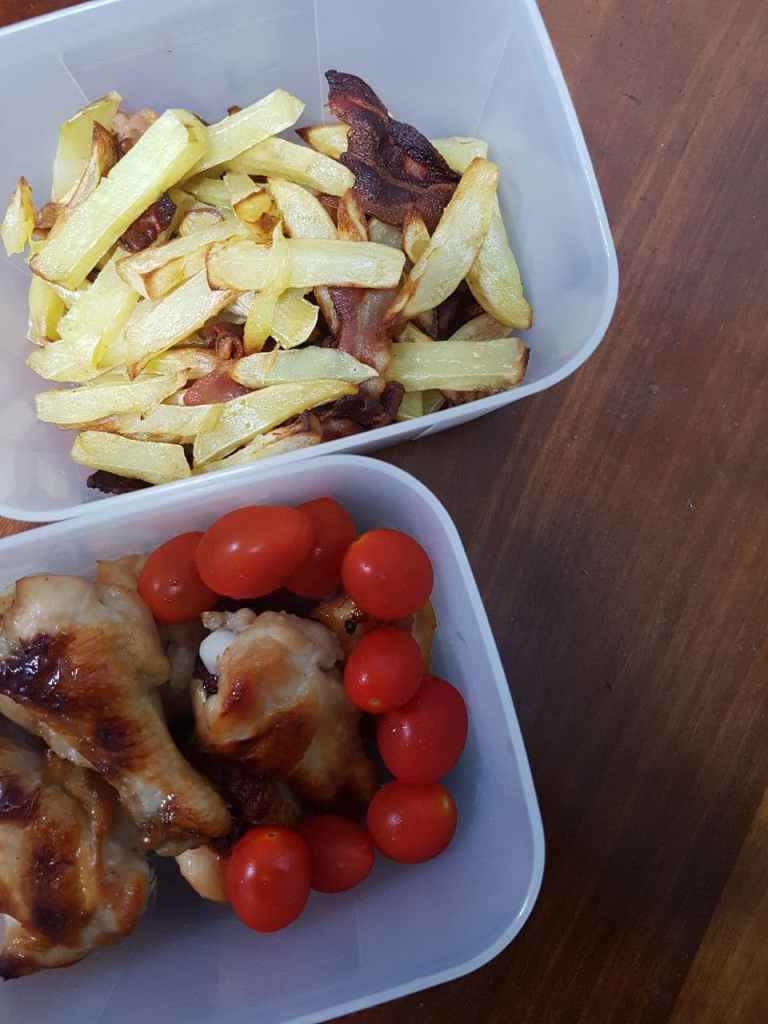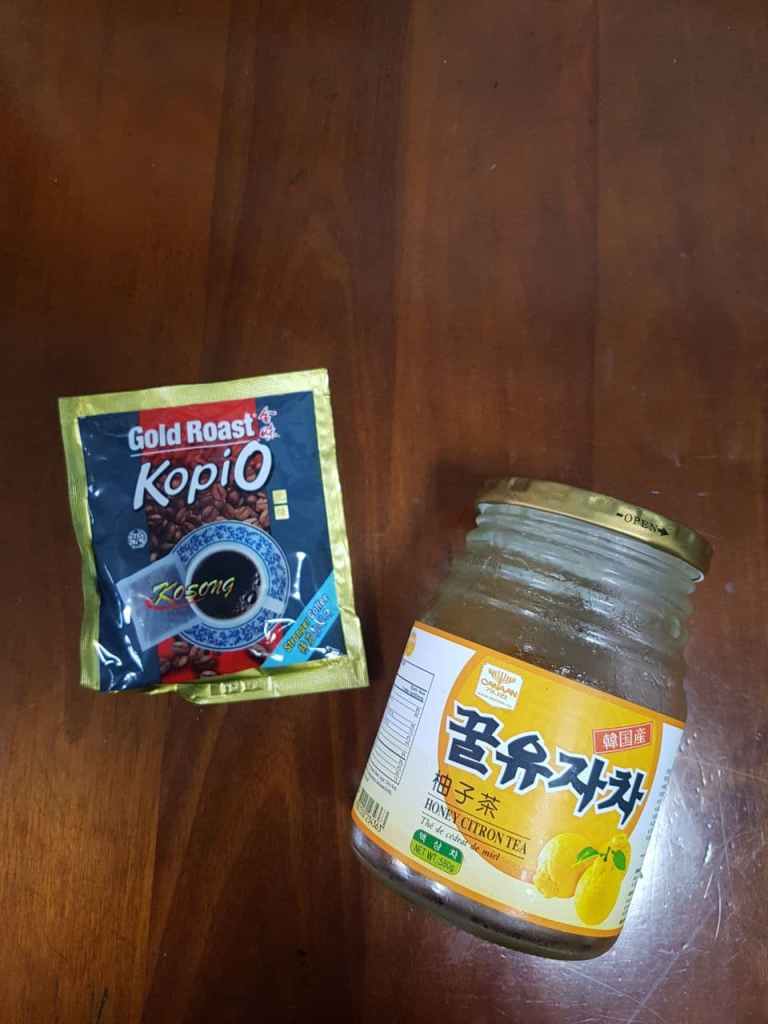Shots of the dim room with neon lights, post-exercise selfies and the cryptic “I spin to eat” food photos, we all know that one friend on Instagram that has made spinning their personality. Known for its clubbing-like experience, spin classes have quickly gained traction in the past few years with more and more spin studios popping up in both heartlands and city centres, heralding in the grand era of Ariana’s Side To Side.
With all the hype surrounding spin, I stumbled into a spin studio (even though I am nowhere close to being one who exercises regularly) after a friend had invited me along as she didn’t want to go for her class alone. I ended up purchasing a trial pack at Sync Cycle at two rides for S$40. This is highly affordable considering that other studios were offering classes from $38 based on the sites I’ve visited and not every studio offers these trial prices as well.
We booked our first class but also panicked after reading the FAQ which stated that there is a minimum height requirement of 153cm (I was standing at 150cm), and we called in to check if there would be any issues. Turns out, if you are too short, you might not be able to adjust your bike to an optimal setting and this can affect your form and harm you in the long run (take note!) Luckily, the staff mentioned that there should be not much issues and we slowly anticipated the day of the class.
Being the worrywart I was, I researched on things to look out for when spinning for the first time, having read articles on girls getting Rhabdomyolysis after their spin class. Tons of artciles spoke on what to look out for but little really went in-depth to what it would be like for a beginner so here I am!
Before anything else, let’s talk about the outfits (I know I was stressed out about this as I did not own a lot of activewear). I contemplated wearing shorts but was told by a friend that it wan’t the most advisable due to the extra cloth that might hinder movement. As such, for bottoms it would be great if you have biker shorts or tights. I borrowed tights from my mom for my class and later got affordable tights from Lovito on Shopee during their flash sale (only S$5~). Honestly as someone who doesn’t exercise a lot, I was not ready to spend another sum on clothes just to go spin so I made do with these. For the top, I paired it with my a cotton shirt. There are also others who wear a tank or a sports bra if you want to have that in consideration as well.
Now on to the spinning, the general rule of thumb is to not overwork yourself especially if you know you’re not the fittest to begin with. Rest and sit your ass down on the saddle if you really need to. From the classes I’ve been to, no one really cares about what you’re doing as they are focused on their own workout so there is definitely no shame in taking a break if you need to. What was really helpful was signing up for a beginner class which includes things like getting on the bike, running through forms, and in general a less intensive workout catered for newcomers to spin. Do note that not all studios work the same and their beginner classes (if available) might differ, teaching styles also differ when it comes to instructors. If you go somewhere and you’re not loving it, I would recommed studio hopping a little before deciding if spin is really not your cup of tea. Another thing to help to calm the nerves will be to arrive early, making sure that you have ample time to set up the bike and get help on that.
From there, all you have to do is to listen to the instructor, follow the beats and bust those moves. As my first class was not geared towars first-timers, I found it a little difficult to keep up with the various moves and was often confused as to what exactly was happening. All I could do was follow along, mirroring the instructor but I know for sure that my form was all over the place. This is why I would really recommend starting with a beginner class especially if you’re a fitness noob like me. Nonetheless, I was able to keep up 3/4 of the time which greatly surprised me considering that it was my first time spinning. This goes to show that yes it is tough but it is not impossible if you include some breaks on the saddle to catch your breath.
One thing that I want to bring to attention is to be careful on where you place your body weight. I leaned forward too much for my first spin and fell forwards on my bike, while struggling to regain balance as my legs were still spinning. No doubt it was a traumatic experience but I was glad I had enough energy to haul myself back up. Not everyone will so do take note and always be aware!
After my first class, I was beyond exhuasted, sweating profusely and legs all jelly. Post-recovery my knees hurt for a few days (which on hindight, I realised was because I was riding at zero resistance) and this problem didn’t persist in my next class. With proper stretches before and after, aches were kept to a minimum. Overall, I always leave class feeling invigorated knowing I sweat which can be extremely refreshing after a day scrunched up in front of the computer.
Other than that, the spin class was mostly enjoyable, I thought I wouldn’t like it because I’m not the biggest fan of clubbing. Another thing I liked was that it provided an avenue for me to exercise as I usually get lazy if I have to faciliate my own exercise session. Now, what I’m excited about is working towards themed rides where the playlist can include songs from your favourite artists. But I’m still making my way, finding safe ground in beginner classes for now.
After my experience with Soul Cycle, I resumed spinning again after a year when a studio, Lumicyle, opened up near my neighbourhood, making it crazily accessible for me (versus travelling to town or wherever else). I tried out their trial class and then signed on package when they had their National Day sales! They are also one of the more affordable studios at S$24 for a trial class and S$20 onwards for a standard class. The only downside to this place is the absence of shower and locker facilities but if you stay in the neighbourhood definitely not an issue (they are at Kovan!).
Now I try to spin at least once a week (though I haven’t gone in two weeks) and what motivates me is the money I’ve spent on it and making sure I clear my classes before they expire. Wish me luck! (The spirit is willing but the flesh is weak)












